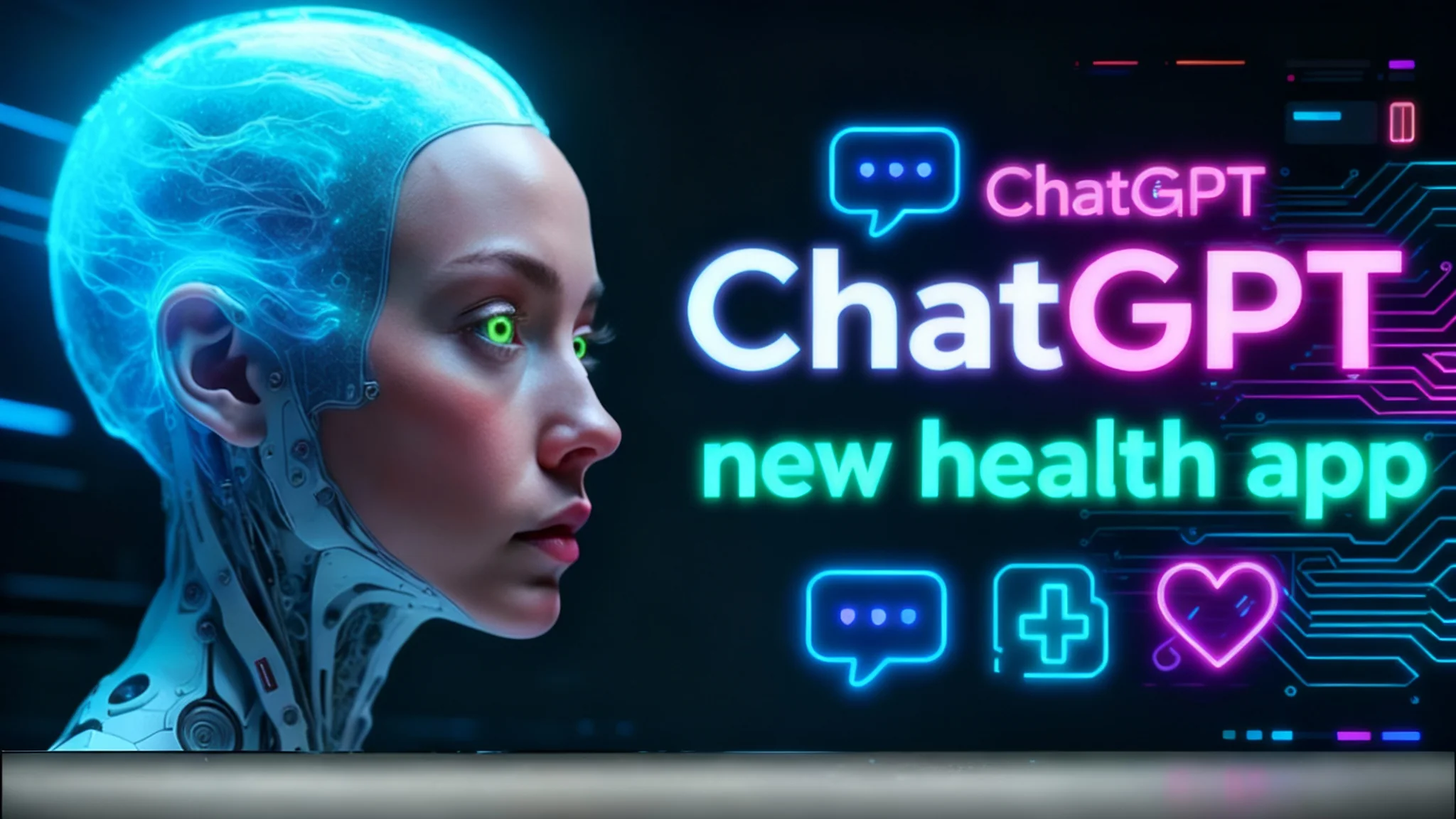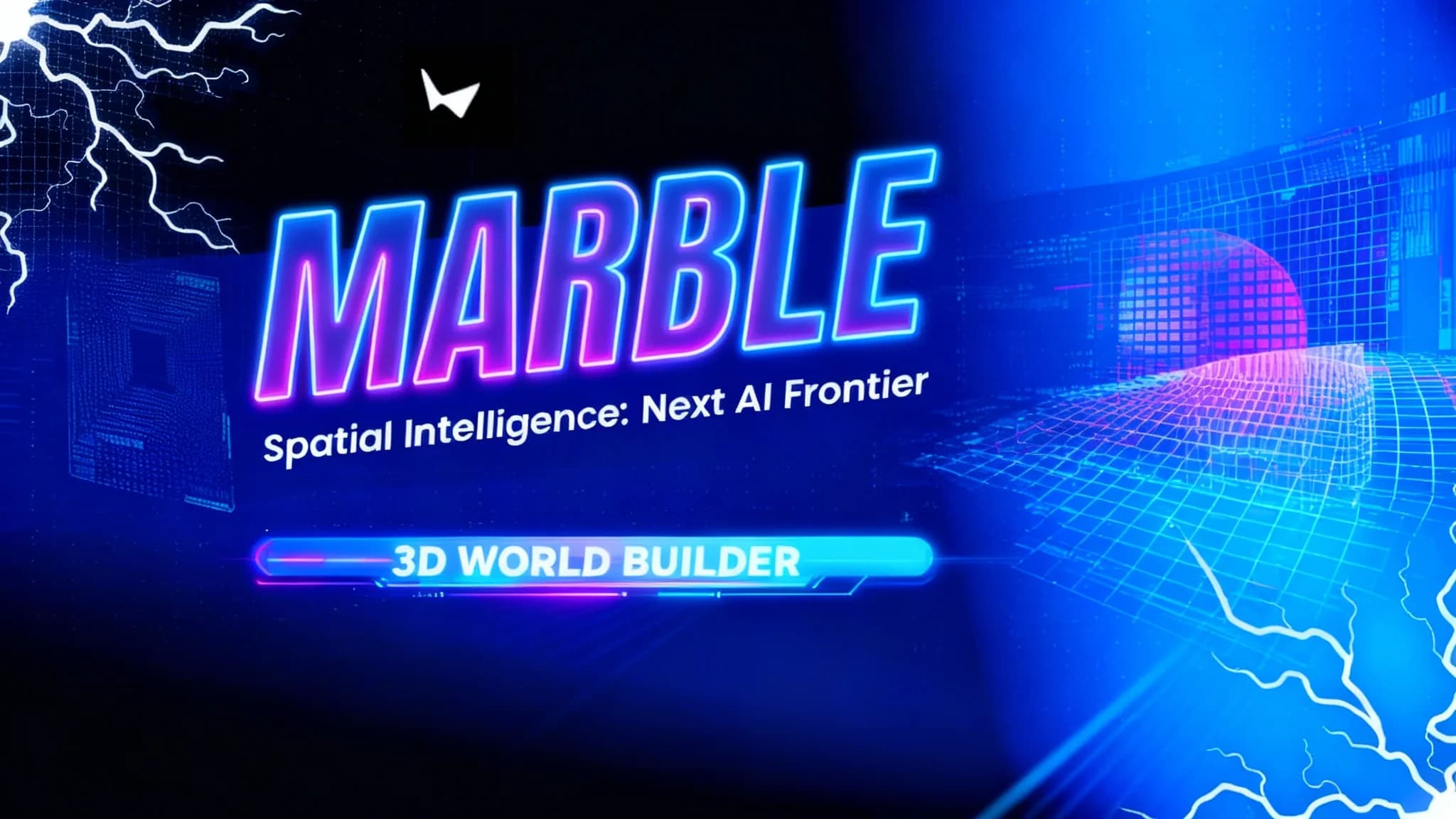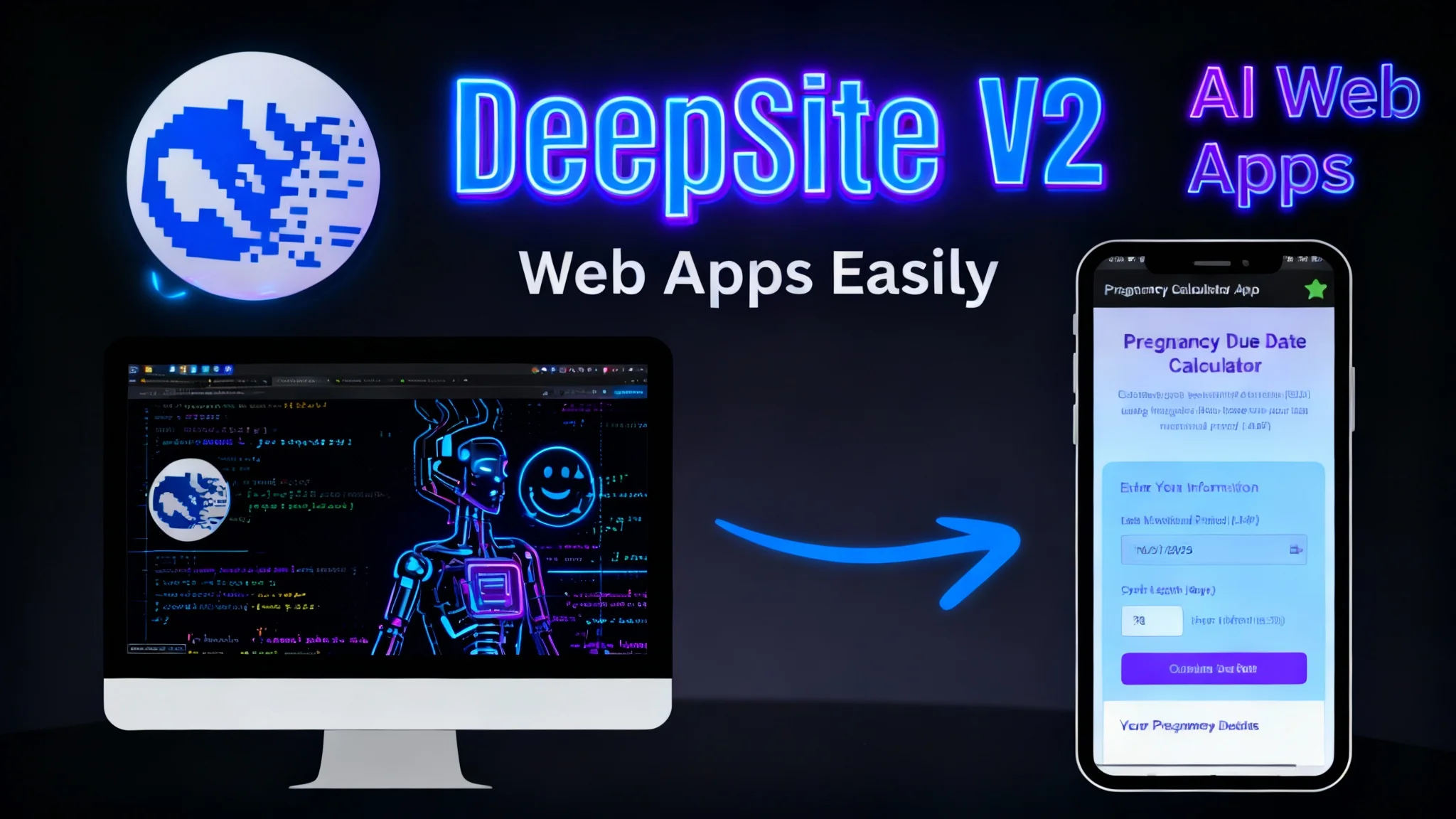OpenAI ChatGPT Group Chats Explained

Table Of Content
- What Is the Topic?
- Table Overview of the Topic
- Key Features of the Topic
- Group Chats in ChatGPT
- What the Feature Is
- Controls and Collaboration
- Release Timing
- How Teams Could Set Up a Group Chat (Step-by-Step)
- OpenAI’s Push Into Health
- Product Direction
- Team and Momentum
- Why This Attempt Could Stick
- German Ruling on Lyrics Training
- Case Summary
- Court’s Findings
- Broader Impact
- Financing Controversy
- CFO Comment and Backlash
- Clarifications and Targets
- Policy Response
- Enterprise Scale
- Customer Base and Growth
- Adoption Drivers
- New Tools for Businesses
- Company Knowledge
- Coding and Agents
- Multimodal Integrations and Partners
- Sora Costs and Legal Pressure
- Economics at Scale
- Usage Limits and GPU Constraints
- Copyright Complaints in Japan
- Anthropic’s Different Path
- Profit Timeline
- Revenue and Client Sentiment
- Investor Outlook
- Quick Reference: Group Chats vs. Today’s Shared Sessions
- How Teams Can Prepare for Group Chats (Step-by-Step)
- Risks and Open Questions
- Conclusion
OpenAI is in a phase defined by rapid product releases on one side and mounting pressure on the other. New features are arriving quickly, yet the company is contending with lawsuits, high operating costs, and public missteps that have drawn global attention. That tension progress under pressure frames the updates covered here.
The most notable product move is a shared chat experience in ChatGPT, followed by a push into consumer health. Around those, legal and financial developments reveal the stakes and risks behind the company’s scale.
What Is the Topic?
This article covers OpenAI’s latest leaked features and strategic moves, led by:
- Group chats in ChatGPT that let multiple people and the AI collaborate in a single thread.
- A planned consumer health assistant, paired with potential health data aggregation.
It also outlines the legal challenge in Germany, a financing flare-up, enterprise scale, new business tools, the cost profile of Sora, and how rival Anthropic is charting a different course.
Table Overview of the Topic
| Section | What It Covers | Why It Matters | Status |
|---|---|---|---|
| Group Chats in ChatGPT | Multi-user conversations with AI in one feed, with fine-grained controls | Team collaboration with lower context switching | Quietly in preparation; expected soon |
| OpenAI’s Push Into Health | Consumer health assistant and data aggregation | A major expansion beyond general chat | Hiring and conference signals in place |
| German Ruling on Lyrics | Court decision against training on lyrics without licenses | Sets a European precedent on AI training data | OpenAI disagrees; reviewing options |
| Financing Controversy | CFO comment about government backstopping chip investments | Public pushback on taxpayer exposure | Clarified: no guarantees sought |
| Enterprise Scale | 1M+ business customers, strong seat growth | Massive adoption across industries | Rapid expansion underway |
| New Business Tools | Company Knowledge, Codeex, Agent Kit, multimodal APIs | Tighter integration with corporate systems | Broad product lineup shipping |
| Sora Costs and Legal | High daily compute costs, limits, Japan complaints | Economic and legal strain around video | Pricing and free limits in flux |
| Anthropic’s Path | Break-even target and revenue trajectory | A leaner route that appeals to enterprises | Gaining share with stability pitch |
Key Features of the Topic
-
Group Chats in ChatGPT
- Shared threads for teams with AI participation.
- Custom system prompts per group.
- Control over when the AI responds and how present it is.
-
Consumer Health Assistant
- A tool aimed at managing personal health information.
- Health insights and easier access to care.
- Backed by new hires and user demand signals.
-
Enterprise-Ready Stack
- Company Knowledge ties ChatGPT to internal content sources.
- Codeex for code generation and review.
- Agent Kit for rapid agent deployment.
- Multimodal APIs across image, video, and audio.
Group Chats in ChatGPT
What the Feature Is
OpenAI is preparing group chats for ChatGPT, enabling multiple people to converse with each other and the AI in the same thread. Instead of running separate chats, a project team can share a single space where ChatGPT participates in real time.
Microsoft Copilot already supports shared sessions, but OpenAI’s approach introduces more control within the shared space. The goal is collaborative structure with fewer context switches and tighter coordination.
Controls and Collaboration
Group chats reportedly offer:
- A customizable system prompt that defines ChatGPT’s role within the group.
- Response rules: the AI can reply automatically or only when tagged.
- Adjustable presence: from minimal interruptions to active participation.
These controls aim to support focused teamwork for companies and academic groups. The intent is not only to gather people in one place but to make the AI’s role predictable and useful within that space.
Release Timing
OpenAI often ships major updates in December, and group chats are expected to arrive within that window. The feature is designed to serve structured collaboration rather than informal chatter.
How Teams Could Set Up a Group Chat (Step-by-Step)
- Create a new group thread and invite participants.
- Define a system prompt that sets the AI’s role (tone, constraints, knowledge sources).
- Choose response behavior: automatic replies or tag-based responses.
- Adjust AI presence to control frequency and depth of interventions.
- Begin the shared session and refine settings as the project evolves.
OpenAI’s Push Into Health
Product Direction
OpenAI is preparing a consumer-focused health assistant, potentially paired with a health data aggregator. The concept is a single interface that can manage personal medical information, surface insights, and simplify navigation to care.
This is a larger step beyond general-purpose chat: a dedicated focus on health information, coordination, and informed guidance.
Team and Momentum
The shift into health accelerated with the hiring of:
- Nate Gross, co-founder of Doximity, as head of healthcare strategy.
- Ashley Alexander, former Instagram executive, as vice president of health products.
At the HLTH conference, OpenAI noted that ChatGPT has nearly 800 million weekly active users, with a large share already asking health-related questions. That behavior suggests strong demand for a trustworthy, consumer-facing health tool.
Why This Attempt Could Stick
Other major tech efforts have faltered Google ended its health service in 2011, Amazon shut down Halo in 2023, and Microsoft’s HealthVault did not gain traction. Analysts now see a shift in how people seek health information: moving from search boxes to conversational agents. OpenAI is positioning itself to meet that demand directly.
German Ruling on Lyrics Training
Case Summary
A Munich court ruled that OpenAI infringed copyright by training on song lyrics without proper licenses. The case was brought by GEMA, Germany’s primary music rights organization, representing artists behind nine songs.
The court focused on two facets: internal handling during model training and the reproduction of lyrics in outputs generated by ChatGPT.
Court’s Findings
Judges found that both the models’ internal memorization of lyrics and their external reproduction through outputs constitute infringement. Compensation was deemed owed to the rightsholders.
OpenAI argued that models learn statistical patterns rather than storing text verbatim. The court rejected that defense, stating that the texts are reproduced during training and in generated answers. GEMA called the decision a landmark for the treatment of creative content in AI training.
Broader Impact
The ruling sets a precedent in Europe that may extend beyond lyrics to other creative works. OpenAI said it disagrees with the verdict and is considering next steps. The company also noted that the decision covers a limited set of lyrics and does not affect everyday ChatGPT use in Germany. Even so, it is the most significant European case so far on training data and copyright.
Financing Controversy
CFO Comment and Backlash
OpenAI’s CFO, Sarah Friar, sparked criticism by suggesting that the U.S. government should backstop the company’s chip and infrastructure financing. The idea was widely interpreted as taxpayers taking on risk for a projected $1.4 trillion plan involving data centers and GPUs.
Public reaction was swift and negative. The notion of a large, private AI company asking for government guarantees raised concerns about risk transfer to taxpayers.
Clarifications and Targets
Friar later said she meant the government should work with private companies to expand U.S. AI infrastructure, not sign on as a guarantor of OpenAI’s debt. The pushback prompted a direct statement from Sam Altman: the company is not seeking government guarantees and does not want taxpayer backing.
Altman shared targets: $20 billion in revenue this year and a path to hundreds of billions by 2030, driven by enterprise AI and consumer devices. He emphasized that if the company fails, it should fail no bailouts.
Policy Response
The administration has identified AI infrastructure as a national priority, but senior voices clarified there will be no federal bailout for AI. The episode created a communications problem that OpenAI moved quickly to contain.
Enterprise Scale
Customer Base and Growth
OpenAI reports more than 1 million business customers, spanning direct ChatGPT for Work subscriptions and API consumption through the developer platform. The company calls it the fastest-growing business platform in history.
Prominent customers include Amgen, Cisco, Booking.com, Morgan Stanley, T-Mobile, Target, and Thermo Fisher Scientific. ChatGPT for Work accounts now exceed 7 million seats, up 40% in two months, and ChatGPT Enterprise licenses are up ninefold year over year.
Adoption Drivers
Widespread personal familiarity with ChatGPT shortens enterprise onboarding and accelerates return on investment. Companies are moving quickly to formalize use with enterprise-grade security and management controls.
New Tools for Businesses
Company Knowledge
OpenAI launched Company Knowledge, which lets ChatGPT access and reason across internal systems such as Slack, Google Drive, SharePoint, and GitHub. It runs on a variant of GPT-5 tuned for tool use and citations, designed to keep responses grounded in a company’s own sources.
Coding and Agents
Codeex, the code generation model, has seen a 10x usage surge since August. Cisco reports cutting code review times by half. Agent Kit allows teams to deploy custom agents in days, substantially reducing build timelines for internal automation and support bots.
Multimodal Integrations and Partners
OpenAI is pushing image, video, and audio workflows through the Image Generation API, Sora 2, the Realtime API, and GPT Realtime. Intercom built its Fin AI customer service agent on OpenAI tech and shortened development cycles from quarters to days. Databricks integrated OpenAI into enterprise data pipelines so teams can build and operate agents close to their data.
Consumer companies including Shopify, Etsy, Walmart, PayPal, and Salesforce are adopting the Agentic Commerce protocol to bring shopping actions into conversational flows. Platforms like Canva, Figma, Spotify, and Zillow are plugging apps directly into ChatGPT for in-context creation and analysis.
Sora Costs and Legal Pressure
Economics at Scale
Sora, OpenAI’s video generator, is expensive to run. Reported costs reach roughly $5 billion per year about $15 million per day. A single 10-second clip can cost about $1.30 in compute. Sora lead Bill Peebles has said the economics are not sustainable at current levels.
Even in limited release, Sora adds substantial operating cost. Sam Altman acknowledged the product launched before a clear plan to recoup expenses was in place.
Usage Limits and GPU Constraints
OpenAI has capped users at 30 free videos per day and set pricing at $4 for each additional 10 clips. Those limits could tighten further due to GPU constraints. Without careful throttling and monetization, costs may outpace revenue for the foreseeable future.
Copyright Complaints in Japan
Major Japanese studios, including Studio Ghibli, Bandai Namco, and Square Enix, have filed complaints that copyrighted material was used to train Sora. The challenge adds legal risk on top of the cost profile, increasing the pressure to address training data provenance.
Anthropic’s Different Path
Profit Timeline
According to reports, Anthropic expects to break even by 2028. OpenAI is not projected to be profitable until 2030. That gap reflects different priorities on product scope, capital intensity, and cost control.
Revenue and Client Sentiment
Anthropic’s API revenue in 2025 is reportedly double OpenAI’s API revenue. Enterprise clients view Claude as stable and efficient, and many large organizations prefer incremental changes with predictable costs over headline-grabbing features with heavy compute footprints.
Investor Outlook
Anthropic’s approach appeals to investors who emphasize unit economics and stable growth. OpenAI’s approach courts maximal adoption with a willingness to absorb higher costs now, betting on later payoffs from enterprise AI and consumer devices.
Quick Reference: Group Chats vs. Today’s Shared Sessions
| Capability | Microsoft Copilot Shared Sessions | OpenAI Group Chats (Leaked) |
|---|---|---|
| Shared AI Thread | Yes | Yes |
| Custom System Prompt per Group | Limited | Yes |
| Response Control (Auto vs. Tag) | Limited | Yes |
| Adjustable AI Presence | Limited | Yes |
| Focus on Structured Team Workflows | Moderate | Strong |
| Expected Launch Timing | Available | Anticipated soon |
How Teams Can Prepare for Group Chats (Step-by-Step)
- Identify Use Cases: Pinpoint projects that suffer from context switching across multiple private threads.
- Draft System Prompts: Define clear instructions that set role, tone, constraints, and sources.
- Decide Response Policy: Choose automatic AI replies for fast-moving discussions, tag-only replies for tighter control.
- Set Governance: Establish data retention policies, permissions, and audit rules before rollout.
- Pilot and Iterate: Start with a small team, collect feedback, and refine prompts and settings.
Risks and Open Questions
- Legal Exposure: The German ruling and Japanese studio complaints signal stricter scrutiny of training inputs and output behavior.
- Cost Curve: Video generation economics remain steep; monetization and limit policies must evolve.
- Capital Needs: Large-scale compute investments will require careful financing without public guarantees.
- Health Responsibility: A consumer health assistant must handle privacy, safety, and regulatory oversight with care.
Conclusion
OpenAI is accelerating product delivery while absorbing real legal, financial, and public relations pressure. Group chats in ChatGPT aim to make collaboration more structured. The move into health hints at a major new consumer category, backed by user behavior and new leadership.
Enterprise adoption is strong, aided by tools that connect ChatGPT to corporate systems and workflows. At the same time, Sora’s costs and legal challenges underscore how expensive and complex frontier models can be. Anthropic’s measured path offers a contrast that enterprises and investors are taking seriously.
The trajectory is clear: rapid scale, higher stakes, and a push to convert momentum into durable products with viable economics. The next releases starting with group chats and health will show how well OpenAI can turn fast growth into lasting value.
Related Posts

Supertonic TTS: Ultra-Fast, Natural Voices on Windows & Mac
Learn how to install and use Supertonic for offline text-to-speech on any PC—Windows or Mac (including M1). Enjoy natural voices, 12 language models, and blazing speed without a high-end GPU. Step-by-step setup for creators who want fast, realistic voiceovers that rival premium tools.

Marble by World Labs: AI That Builds 3D Worlds from Anything
Explore how Marble’s multimodal AI turns text, images, and video into persistent, high-fidelity 3D environments—showcasing next-gen spatial intelligence.

DeepSite V2 Explained: Build AI Web Apps on Hugging Face
Discover DeepSite (aka DeepSight) V2 on Hugging Face Spaces: HTML left, live preview right, whale logo and m ready to work prompt—build AI web apps fast.
